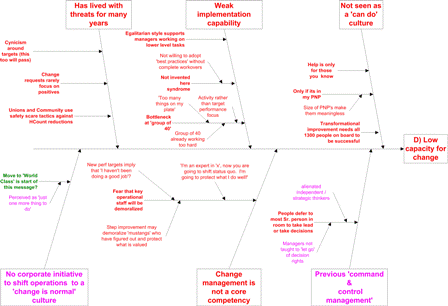Successful Execution of Strategy in Japan (Part 1 of 3)
Ron Lamb2017-07-02T16:07:32-07:00We all learn in different ways. One approach says there are three basic learning styles: visual, through seeing aural, through listening feeling, through trying/ doing. Organizational change usually requires learning








